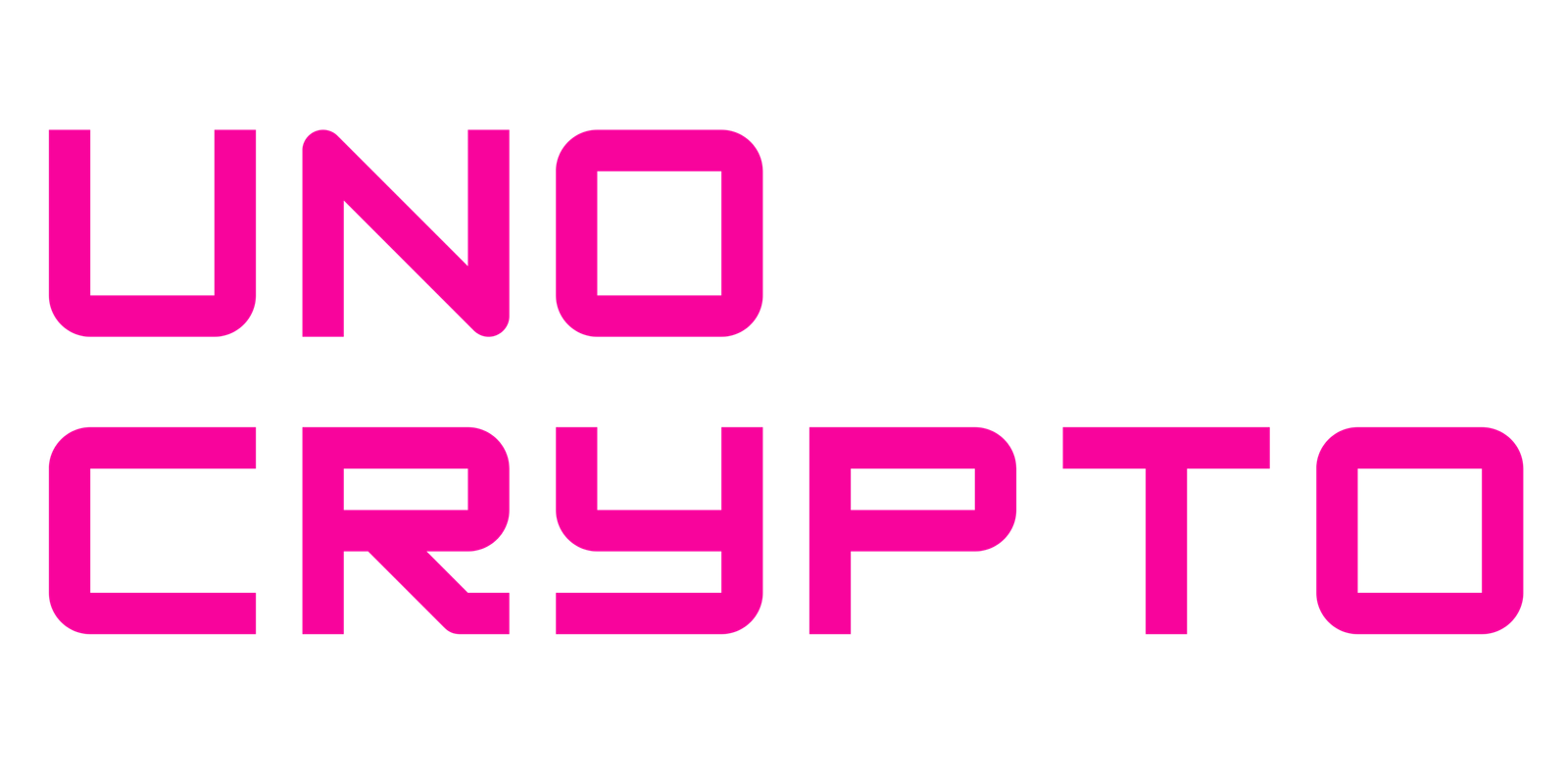Stephen Miran was confirmed by the U.S. Senate on Monday to serve on the Federal Reserve Board of Governors, winning approval in a 48 to 47 vote. The closely split chamber approved the crypto-friendly strategist to fill a seat that became vacant after Adriana Kugler stepped down.
The vote was held in Washington and took place ahead of the Fed’s next rate meeting, a timing that multiple reports said factored into the rush to confirm him. Senators cast their ballots to seat Miran through Jan. 31, 2026, and the nominee won by a single vote margin.
A tight confirmation
The margin was narrow, forty-eight senators voted yes and forty-seven voted no. The Senate Banking Committee had advanced Miran last week along party lines. The full Senate then moved quickly to complete the process.
Lawmakers who supported him said his background in markets and digital assets is useful for the Fed. Those who opposed him raised concerns about his ties to the crypto industry.
Also Read: US Senate Moves Toward First Major Crypto Law With Stablecoin Bill Vote
Miran’s background
Miran worked as a senior strategist at Hudson Bay, and that firm has been involved in trading claims tied to the FTX bankruptcy. Miran has also advocated for clearer and simpler rules for the crypto sector.
His supporters pointed to that stance as evidence that he could help shape sensible regulation. He has experience in markets and strategy that supporters say is relevant to central banking work.
Political pressure and context
The confirmation arrives in a tense political moment for the Fed, and President Donald Trump has publicly criticised the central bank over interest rates. The tensions escalated into an attempt to remove Federal Reserve Governor Lisa Cook.
A judge reportedly blocked that removal temporarily, while the administration pushed back. Those moves heightened interest in who sits on the Fed board and how votes may fall in key policy decisions.
Senators appear to have factored timing into their votes. Several outlets said leaders wanted Miran in place before the Fed’s policy meeting on Tuesday. That meeting will set the interest rate policy and could be affected by any vote on the board. Having a full roster, or closer to it, can change internal dynamics at the Fed.
Term and succession
Miran will fill a seat that expires on Jan. 31, 2026. The post was held by Adriana Kugler before she resigned in August. Kugler said she planned to return to Georgetown University as a professor.
Her departure left a seat open during a period of intense focus on central bank policy and on who shapes it.
Questions and reactions
Some lawmakers asked about Miran’s past work and whether his connections to crypto firms create conflicts.
Others noted his support for streamlined regulation could help bring clarity to a fast-changing market. The mix of market experience and crypto knowledge made Miran a controversial pick in a divided Senate.
Observers will watch how Miran votes on rates and on new rules for banks and markets. His view on digital assets may also influence the Fed’s stance on crypto-related policy, from stablecoins to payments infrastructure.
Miran will formally join board activities after his swearing-in, and the Fed’s next steps will include the Tuesday rate meeting. That meeting could set the path for borrowing costs and influence markets. Miran’s presence on the board may be a factor in those deliberations.
His time at the Fed will run through Jan. 31, 2026, unless he leaves earlier. Over the coming months, members of the financial community and lawmakers will assess how he balances market experience with public policy duties.
Also Read: Crypto Tax Clarity Hangs In Balance As Senate Debates Trump’s “One Big Beautiful Bill”


